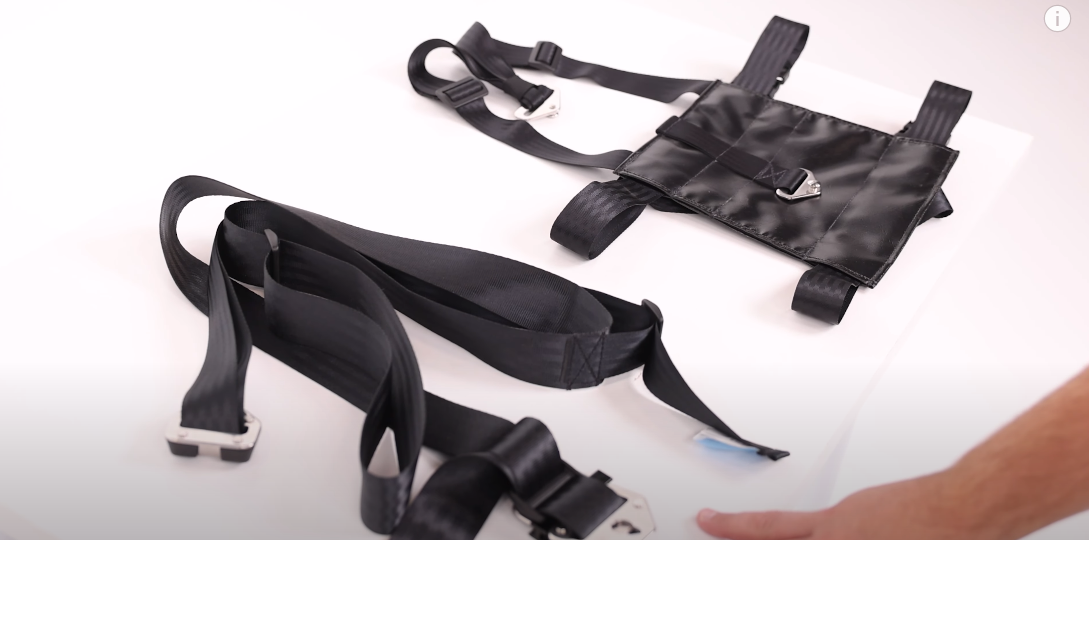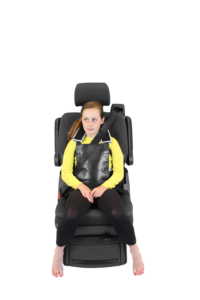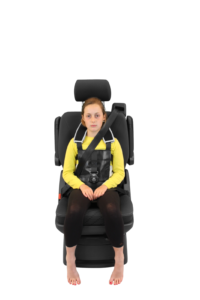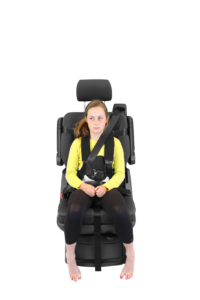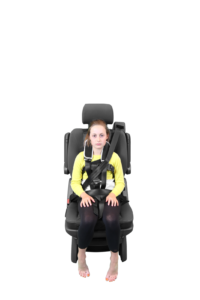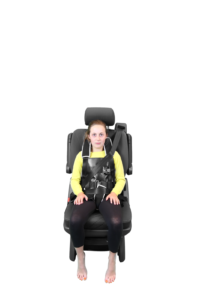The situation created by a child or client escaping their seat is a familiar one. When this happens the danger to that person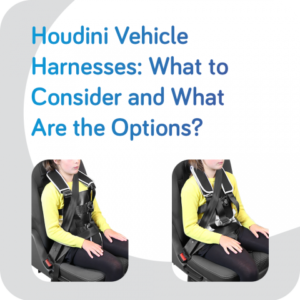 and others is very real and can prevent the vehicle safety features from working effectively. Transport harnesses provide an essential solution to help avoid this situation and maintain safe travel when required.
and others is very real and can prevent the vehicle safety features from working effectively. Transport harnesses provide an essential solution to help avoid this situation and maintain safe travel when required.
One of the most frequently asked questions is; “Which harness would be the best for my situation?”
There are many things to consider when answering this question. This document is designed to overview the options that are available and give an honest review of each of the Houdini harnesses on offer. Whilst it may feel like there is never a perfect solution, this article will help to narrow down selection from our range of harnesses to find the best solution for any individual situation, bearing in mind these key considerations:
- Behavioural or postural needs
- Buckle types
- Attachment points
- Sizing
The first thing to consider is the harness application itself.
All Houdini harnesses support occupants with behavioural needs where securing them to the seat is necessary to ensure vehicle safety features can operate correctly. For some occupants, additional support* to maintain their orientation in the seat may also be required which is provided by some of the harnesses, these have been outlined below.
The Houdini 27, 28 and 31 offer some form of postural support to the occupant which can assist with positioning in the vehicle seat. Due to the lack of this support in the Houdini 13 & 22, application for occupants with postural support needs would not be recommended.
With all the Houdini harness models, there are three types of buckles available.
Standard Release |
Anti-Escape/Attendent Release |
Pen-Key Release |
|---|---|---|
 |
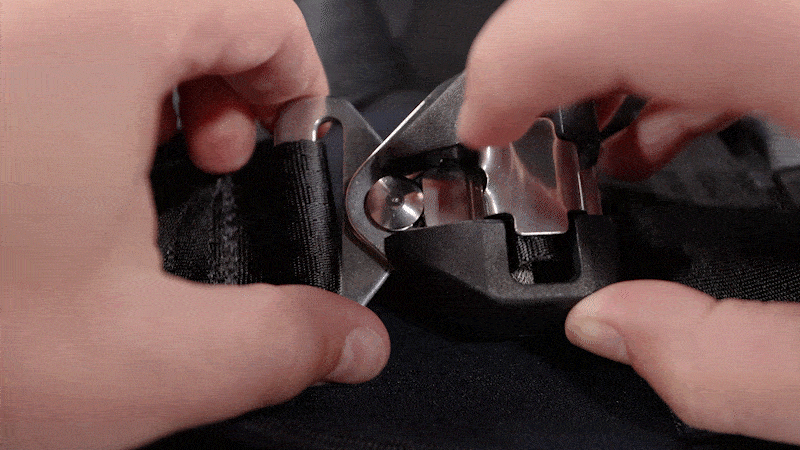 |
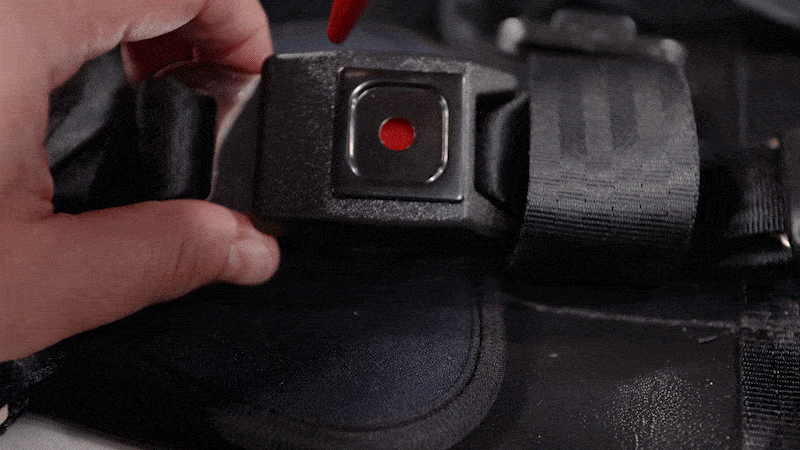 |
| Operates similarly to a seat belt, press the red release button and the harness will disengage. This option is suitable for occupants that have the awareness not to take their harness off themselves and just require the harness for extra support to remain upright within the seat. This buckle may also be appropriate for occupants with limited or no fine motor function that would allow them to operate the release. | When a trickier release mechanism is required, this two-handed operation helps to keep occupants secure. This option is beneficial for occupants who would otherwise undo the standard release during travel but don’t have the fine motor skills to operate the anti-escape release. | The most secure buckle option available. This works by covering the release button leaving a small hole in the centre that can only be disengaged with a pen, key, or similar pointy object. If the occupant does not have anything pointy, they will not be able to open the buckle. |
All the Houdini harnesses have at least 5 points of attachment, which means there is always a strap between the occupants’ legs that attaches to the chest section of the harness to stop ‘submarining’ or slipping out from the bottom of the harness.
The only harness model that offers more than 5 points of attachment, is the Houdini 31 which has 7. This means there is an extra strap around the occupant’s trunk, making it more effective for postural support and for some that benefit from the sensory feedback it offers.
Nearly every harness is available in a small and large size. Typically for clients up to 8 years of age the small size is the most appropriate. For clients over the age of 8 the larger size is recommended. The Houdini 28 harness is the exception to this as it has a massive amount of adjustment making it a “one size fits all” harness.
Every Houdini harness is classified as a low-risk medical device and is effective in keeping occupants within the vehicle seat while travelling. In the event of a car accident, the vehicle seat belt will be the means of keeping the occupant safe. The vehicle seat belt must ALWAYS be worn over the top of the Houdini harnesses.
To use any harness like the Houdini, a medical exemption letter is required. More information on the safety and legality of using this type of support device in Australia can be found here.
The cost for any given Houdini harness varies depending on the harness chosen and the buckle option required. Prices range from approx. $700 to $1200.
Care and maintenance are minimal. Harnesses can be wiped clean, or hand washed in warm water. The harnesses have a 12-month warranty. The Houdini harnesses are funded by the NDIS however please consult with your OT and GP to ensure the correct process is followed. View Standards and Regulations.

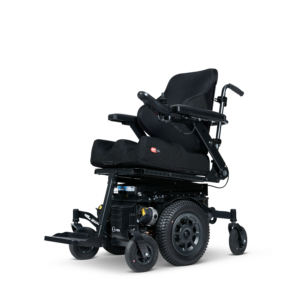


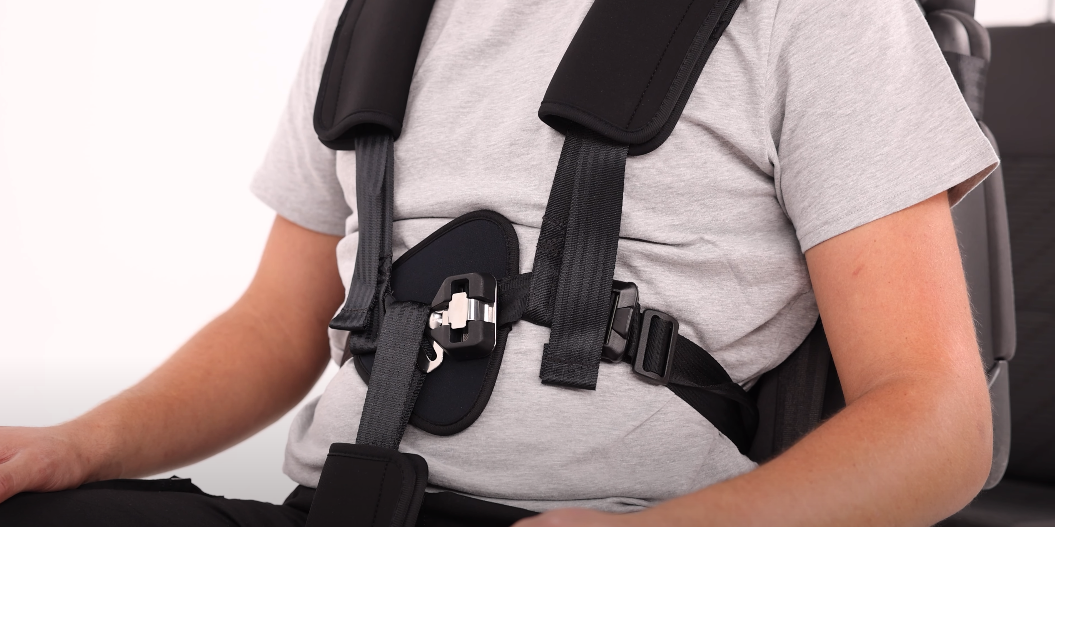
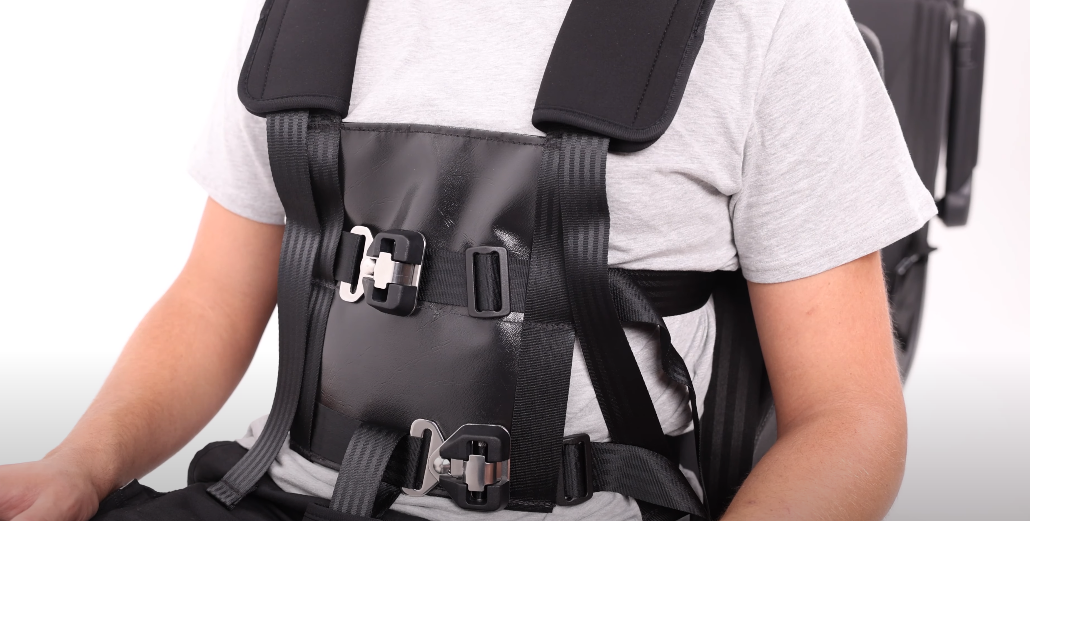
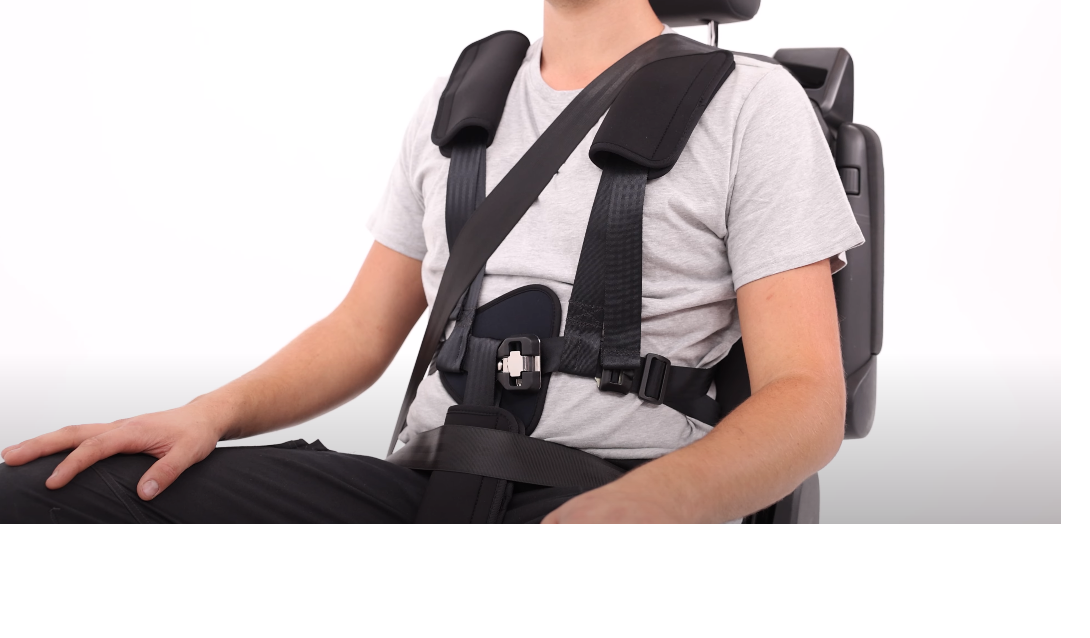
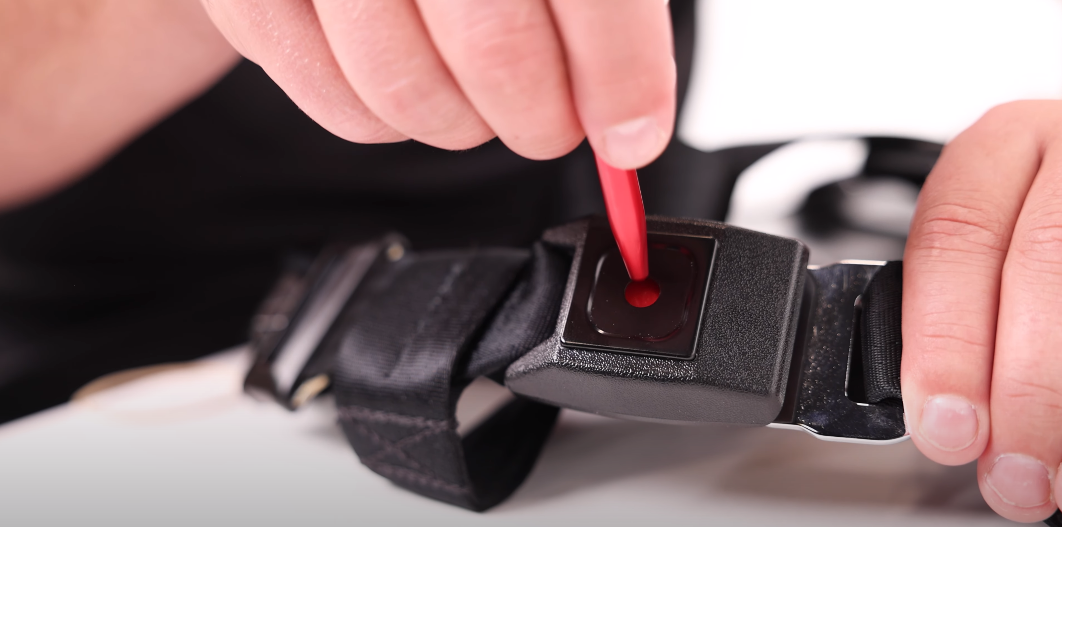
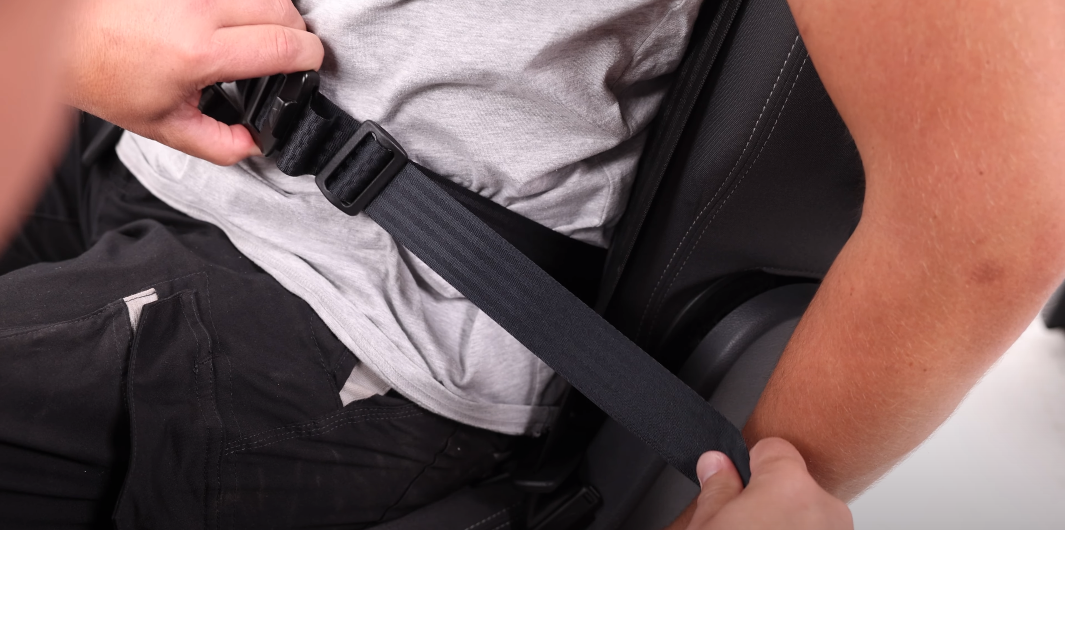
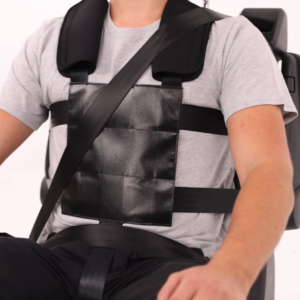 the occupant can remove the harness themselves. The following considerations must be made when using the Houdini 13:
the occupant can remove the harness themselves. The following considerations must be made when using the Houdini 13: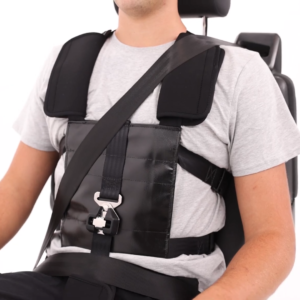 harness can also be put on the client prior to entering the vehicle which in some cases may be a safer or easier option. There is an option to buy an extra fixing strap for each vehicle and leave it installed on the seat when using multiple vehicles. This saves time and money and does not interfere with anybody else who may need to use that vehicle seat. The following considerations must be made with the Houdini 22:
harness can also be put on the client prior to entering the vehicle which in some cases may be a safer or easier option. There is an option to buy an extra fixing strap for each vehicle and leave it installed on the seat when using multiple vehicles. This saves time and money and does not interfere with anybody else who may need to use that vehicle seat. The following considerations must be made with the Houdini 22: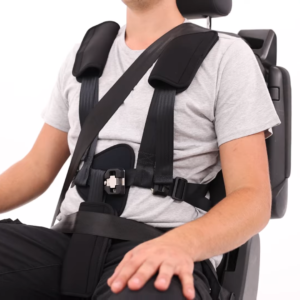 summer as there is no PVC chest section; instead, it has a soft neoprene pad for the buckle to rest against.
summer as there is no PVC chest section; instead, it has a soft neoprene pad for the buckle to rest against.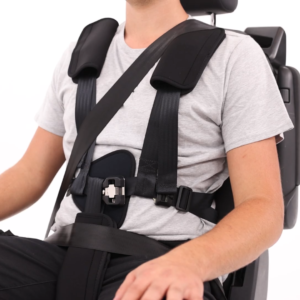 attaches vertically around the vehicle backrest. Due to this attachment a gap is required between the seat and the backrest.
attaches vertically around the vehicle backrest. Due to this attachment a gap is required between the seat and the backrest. around the vehicle backrest, so a gap is required between the seat and the back rest.
around the vehicle backrest, so a gap is required between the seat and the back rest.